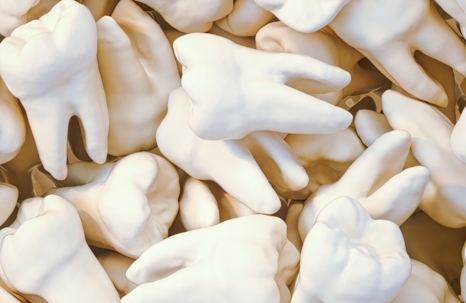It’s not the end of the world to lose a baby tooth – in fact, it’s to be expected. Losing adult teeth, also known as avulsed teeth once outside of the mouth, is a whole different ball game. However, if an accident happens and a tooth is “knocked out of the park” so to speak, there is a way to save it. Here’s what you should know!
Act Fast
When you pick up the avulsed tooth, grab it by the crown, which is the part of the tooth you chew with, instead of the root. Be gentle with it to avoid further damage. If the tooth is dirty, rinse it off for no more than ten seconds with cold water. Do not scrub, or use anything other than water to clean it.
If your tooth has only been cracked, rinse your mouth out and put a cold compress on your cheek to keep the swelling down. Then, see a dentist immediately.
Keep it Moist
Do not wrap the tooth in a tissue or wash rag, or else it will dry out, making it impossible for your dentist to reimplant it. If you can, try to place the tooth back in the gums by placing it in gently, holding by the crown. Slowly and carefully bite down. This should be done as soon as possible.
If the tooth in question is a baby tooth, do not try to put it back in. This could potentially harm future tooth growth.
If the tooth can’t be repositioned in the socket, then either place it in a cup of milk or hold it in your cheek until you arrive at the dentist. Definitely do not store the tooth in tap water. The surface cells of the root cannot withstand tap water for extended periods of time. You can also use a tooth preservation kit that has the ADA seal of approval.
Go to the Dentist
While it is technically possible to reimplant a tooth that has been knocked out for an hour or more, it’s best to get yourself to the orthodontist within half an hour after the accident. Be sure to bring the tooth with you! Your dentist will determine if the entire tooth has been knocked out, and let you know if you need oral surgery. Otherwise, the area of dental trauma will be numbed, and the tooth repositioned for you.
If the tooth is sitting back in your gums upon arrival, the dentist will make sure it is correctly positioned, and move it if it is not. If you’ve brought the tooth in milk, your cheek, or a preservation kit, the tooth will be cleaned and placed back in the socket. Next, your dentist will fasten the tooth to the teeth on either side, which is a technique called splinting, to keep it in place while it heals. You will likely have to go to another appointment within a few weeks after the fact to have the splint removed.
If the tooth cannot be saved, it can be replaced by a false tooth in most cases.
Precautions
To help avoid a dental emergency, or help you out in case one occurs, there are a few things you can do.
- Always wear a mouthguard when playing sports.
- Add an emergency Save-A-Tooth preservation kit to your first aid supplies. The ADA has certified that the use of this product increases the likelihood of saving knocked-out teeth.
- Do not ever, in any circumstance, use your teeth to cut or rip something. Always use scissors.
- Avoid chewing things like hard candies, popcorn kernels, and ice cubes, which can crack your teeth.
When a tooth is knocked out, time is of the essence! Knowing what to do in case of a dental emergency will help increase the chances of saving an avulsed tooth. Remember, even if you are able to put the tooth in question back in its socket, it is still vital to see your dentist immediately to make sure it is properly placed, and that there was no other dental trauma inflicted on the affected area.
